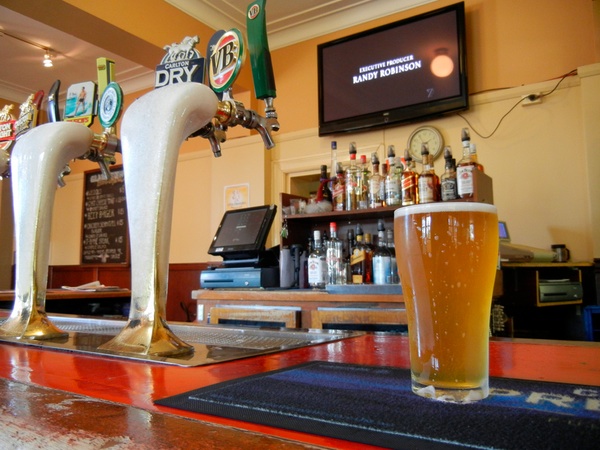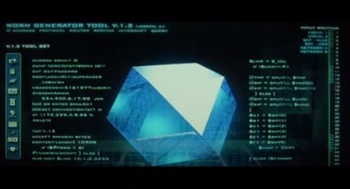 Actually, this message about cybersecurity being a serious emerging theme for 2012 seems to be getting more mainstream coverage than I thought it would. I was part of a cybersecurity panel discussion that was broadcast on ABC Radio National’s Breakfast this morning.
Actually, this message about cybersecurity being a serious emerging theme for 2012 seems to be getting more mainstream coverage than I thought it would. I was part of a cybersecurity panel discussion that was broadcast on ABC Radio National’s Breakfast this morning.
Also taking part were Richard Stiennon, chief research analyst at IT-Harvest in Detroit (I spoke with him about Anonymous and Stratfor on this week’s Patch Monday podcast), and Sean Kopelke, director of security and compliance solutions at Symantec Australia. The host was Jonathan Green, who is usually editor of ABC The Drum.
Over at the ABC’s website you can find the program audio and (perhaps, eventually) transcript. But I’m also including the audio below, just in case their systems fail.
Podcast: Play in new window | Download (Duration: 20:35 — 9.5MB)
This audio is ©2012 Australian Broadcasting Corporation, of course. Even though we don’t get paid.


